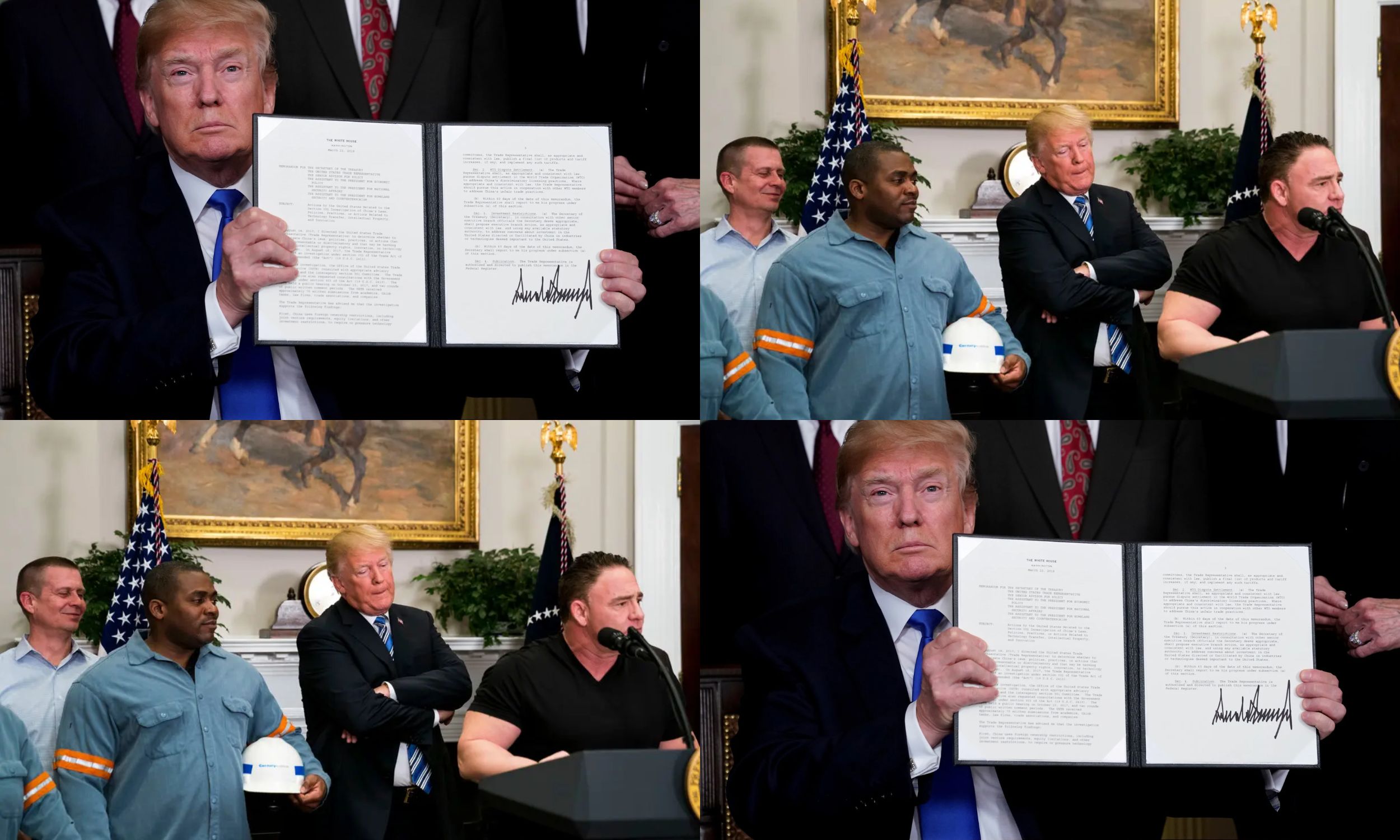The prospect of the second Trump presidency suggests an even more contentious approach to trade policy than the first. Throughout his campaign, President-elect Trump openly advocated for imposing tariffs on China, even suggesting a comprehensive tariff on all U.S. imports.
Recently, Trump referred to tariffs as “the most beautiful word.” While some believe he may use these proposed tariffs as negotiating tools, there’s a risk that U.S. trading partners—whether allies or adversaries—could seek more dependable alternatives in an era where supply chains are essential.
In a trade maneuver, Trump threatened to increase tariffs on Canada and Mexico to 25 percent, aiming to compel these nations to assist in controlling illegal immigration and drug trafficking across the U.S. border. Canada responded more quietly, while Mexico threatened to retaliate with its own tariffs.

These actions raise huge concerns, particularly with the USMCA review scheduled for 2026. The original renegotiation of NAFTA, which took nearly three years, highlighted the problems involved due to the strong economic ties among the three countries. With Canada and Mexico consistently ranking among the U.S.’s top trading partners, their importance is amplified by the fragile relationship between the U.S. and China.
Reciprocal actions emerged from both President Trump’s and President Biden’s policies toward China. Recently, China announced an export ban on critical minerals, which are vital for high-tech industries, in retaliation to new U.S. export restrictions on its chip sector.
U.S. actions against China’s chip industry have spurred China’s drive for self-sufficiency in semiconductors, with numerous reports detailing substantial advancements in its industry despite U.S. efforts.
China’s recent ban on critical mineral exports underscores the need for alternatives, especially if the U.S. maintains its tariff strategy against China, as at least one of its USMCA partners is already taking steps to address the situation.
Following the enactment of the CHIPS and Science Act in the U.S., Canada established a $1.5 billion Canadian Critical Minerals Infrastructure Fund and is backing its 2022 Critical Minerals Strategy with nearly $4 billion. Additionally, a joint initiative launched in 2020, aimed at supporting $95.6 billion in bilateral trade, has bolstered the flourishing relationship fostered by the trade agreement.
Trump also pledged to boost oil and gas production within the U.S., with Canada and Mexico serving as essential partners for both energy imports and exports. In 2023, for instance, Mexico emerged as the largest export market for U.S. petroleum products, making it crucial for the success of Trump’s energy initiatives.
The auto industry is another area of focus. President Trump and his former chief trade negotiator, Ambassador Robert Lighthizer, put massive effort into revising auto provisions during the NAFTA renegotiation. According to a recent report, this diligence has yielded positive outcomes: “Automakers and parts suppliers have invested billions of dollars in new production, and the U.S. International Trade Commission (USITC) estimated that the automotive [rules of origin requirements] have been beneficial for U.S. employment, wages, capital expenditures, production, and profits.”
These examples illustrate the critical role Canada and Mexico play in the U.S. economy. If the president aims to foster economic growth, increase employment and investment, and reduce living costs for American citizens, maintaining strong relationships with Canada and Mexico rather than provoking them could be a wise strategy in a world fraught with uncertainty.
